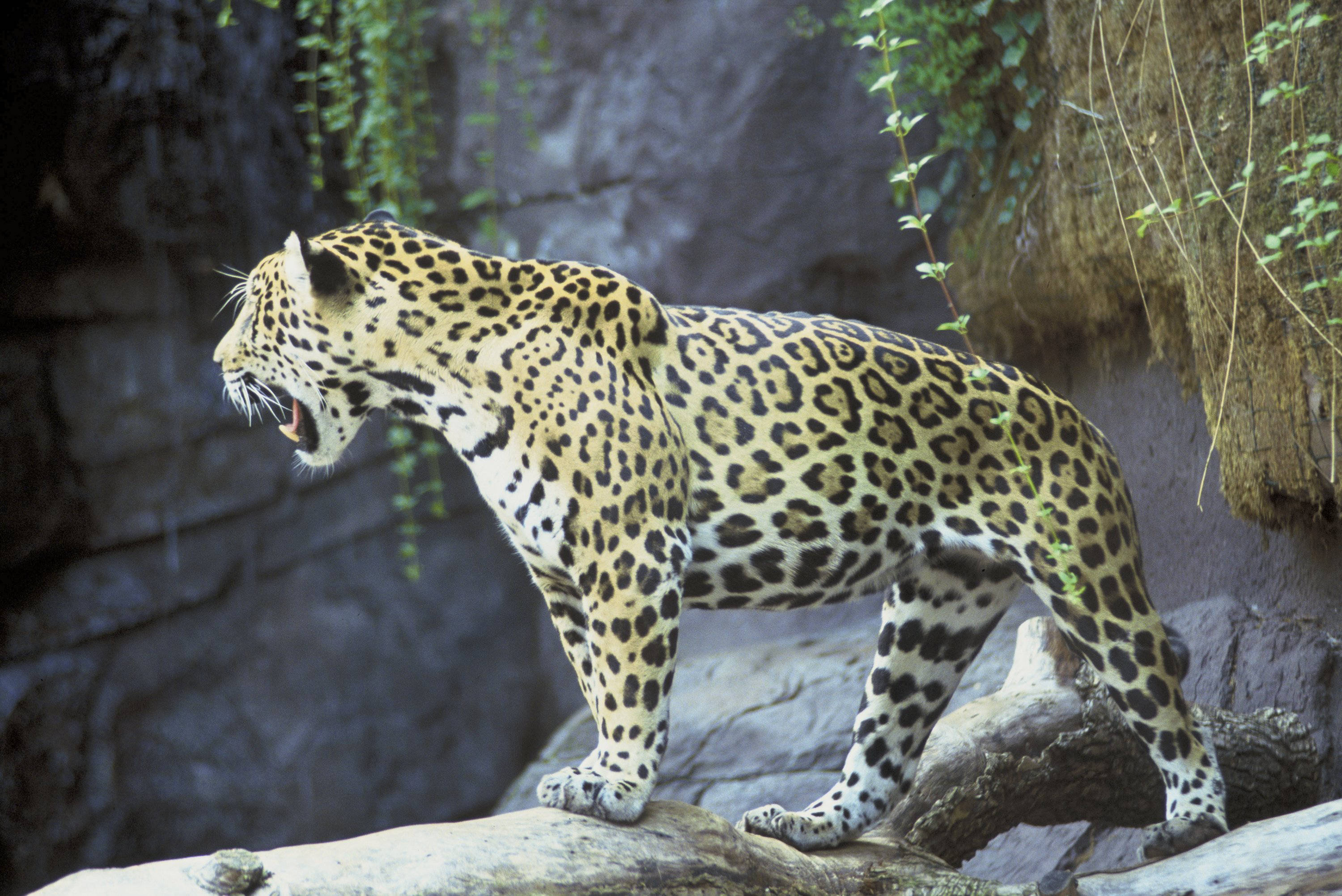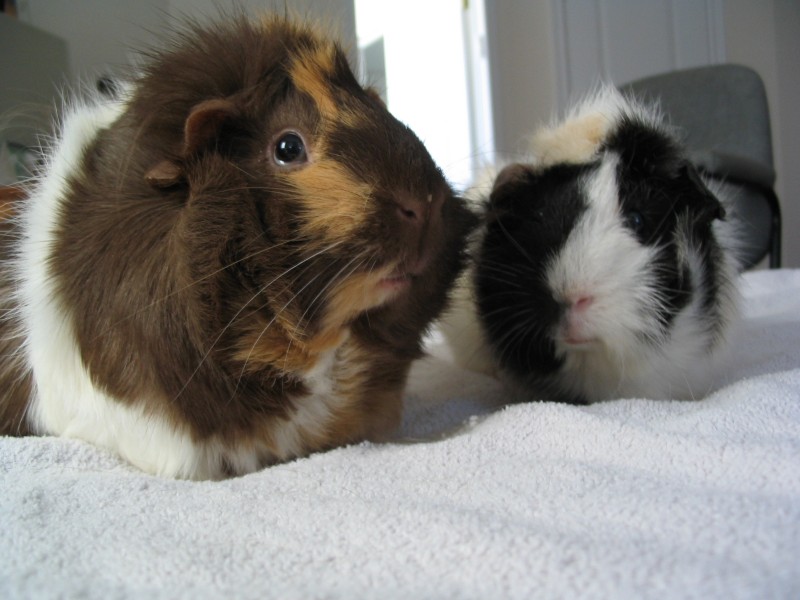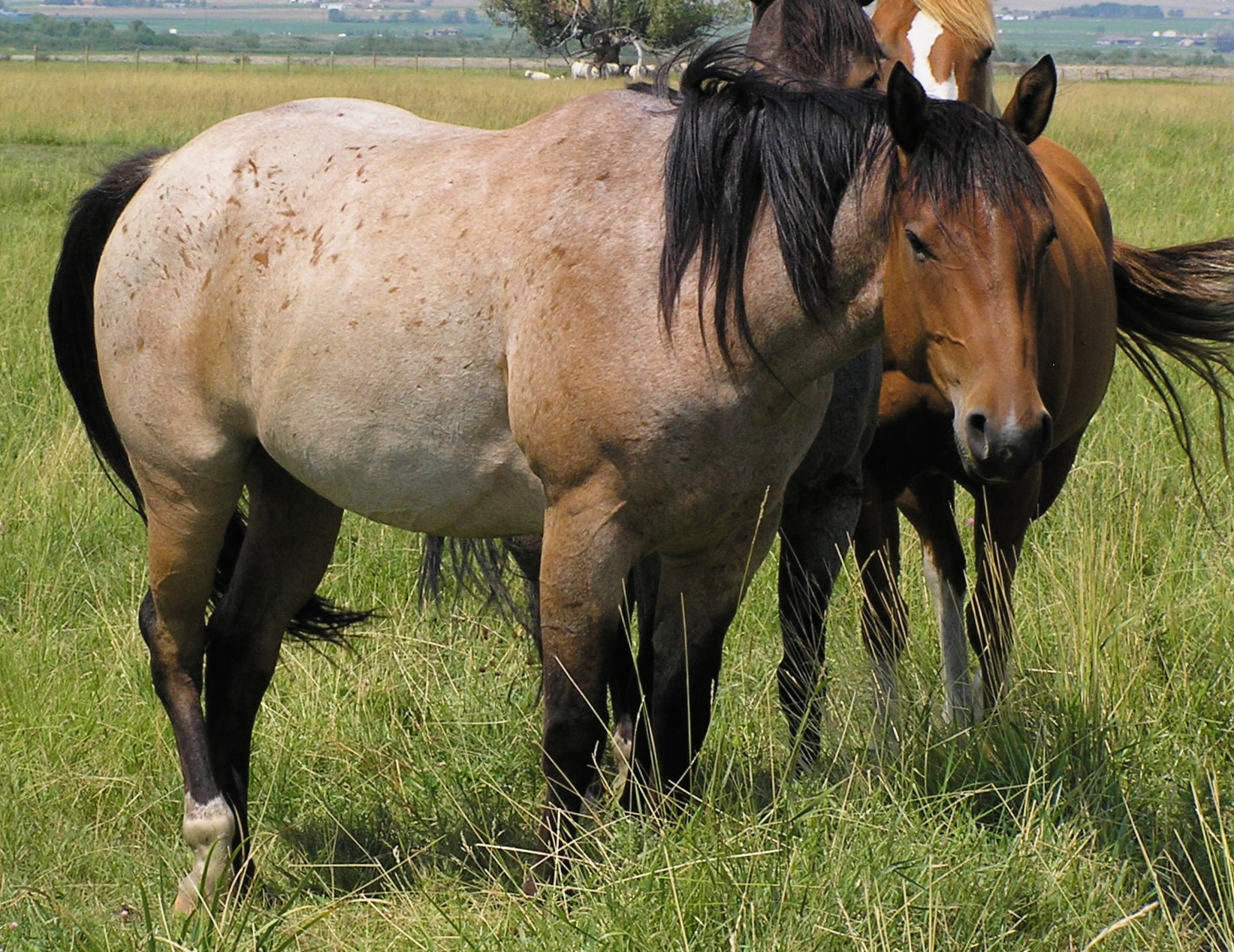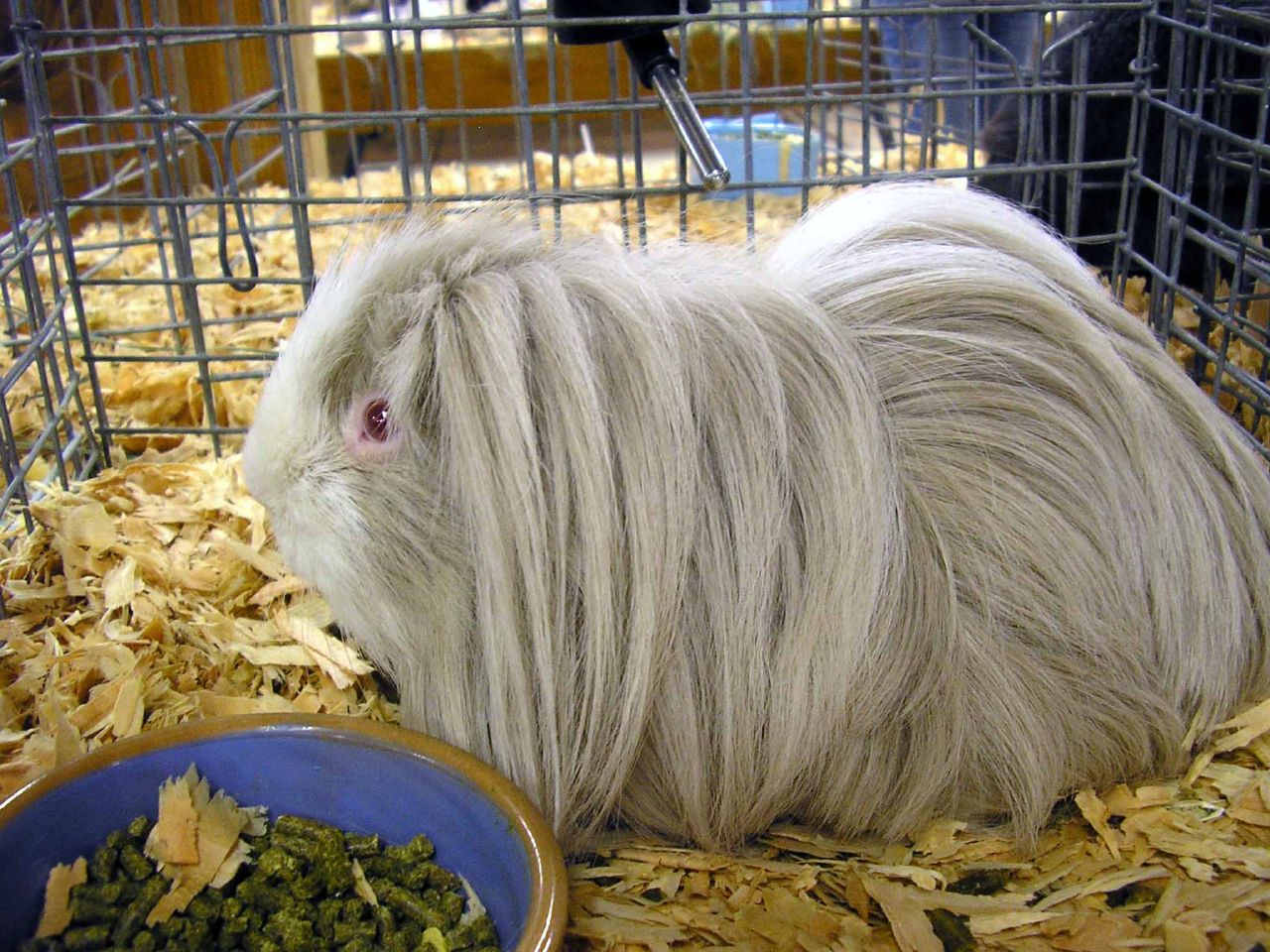|
Abyssinian Guinea Pig
The Abyssinian is a breed of guinea pig that is relatively common as both a pet and show animal. The Abyssinian is set apart from other breeds of guinea pig by its coat, which is marked with radially growing swirls or cowlicks of hair referred to as rosettes. History The Abyssinian is one of the oldest guinea pig breeds. Despite its name, it did not originate in Abyssinia, which is now Ethiopia. The actual origins of its name are not known, although it is known to have originated in South America. The Abyssinian drew much attention as an exhibition cavy in Victorian England due to its unique coat. Characteristics The Abyssinian is set apart from other guinea pig The guinea pig or domestic guinea pig (''Cavia porcellus''), also known as the cavy or domestic cavy (), is a species of rodent belonging to the genus '' Cavia'' in the family Caviidae. Breeders tend to use the word ''cavy'' to describe the ...s by its unique coat. The hair of an Abyssinian is approximately an i ... [...More Info...] [...Related Items...] OR: [Wikipedia] [Google] [Baidu] |
Guinea Pig
The guinea pig or domestic guinea pig (''Cavia porcellus''), also known as the cavy or domestic cavy (), is a species of rodent belonging to the genus ''Cavia'' in the family Caviidae. Breeders tend to use the word ''cavy'' to describe the animal, while in scientific and laboratory contexts, it is far more commonly referred to by the common name ''guinea pig''. Despite their common name, guinea pigs are not native to Guinea, nor are they closely related biologically to pigs, and the origin of the name is still unclear. They originated in the Andes of South America. Studies based on biochemistry and hybridization suggest they are domesticated animals that do not exist naturally in the wild, descendants of a closely related cavy species such as '' C. tschudii''. They were originally domesticated as livestock for a source of meat, and are still consumed in some parts of the world. In Western society, the guinea pig has enjoyed widespread popularity as a pet since its introducti ... [...More Info...] [...Related Items...] OR: [Wikipedia] [Google] [Baidu] |
Cowlick
A cowlick is a section of human hair that stands straight up or lies at an angle at odds with the style in which the rest of an individual's hair is worn. The most common site of a human cowlick is in the crown, but they can show up anywhere. They also sometimes appear in the front and back of the head. The term "cowlick" dates from the late 16th century, when physician Richard Haydock used it in his translation of Gian Paolo Lomazzo: "The lockes or plaine feakes of haire called cow-lickes, are made turning upwards." Management For people who are more concerned about cowlick management, more drastic measures may be used. Electrology, waxing, and even cosmetic surgery can be used to permanently correct the cowlick. See also *Ahoge * Hair whorl *Hairy ball theorem The hairy ball theorem of algebraic topology (sometimes called the hedgehog theorem in Europe) states that there is no nonvanishing continuous tangent vector field on even-dimensional ''n''-spheres. For the or ... [...More Info...] [...Related Items...] OR: [Wikipedia] [Google] [Baidu] |
Ethiopian Empire
The Ethiopian Empire (), also formerly known by the exonym Abyssinia, or just simply known as Ethiopia (; Amharic and Tigrinya: ኢትዮጵያ , , Oromo: Itoophiyaa, Somali: Itoobiya, Afar: ''Itiyoophiyaa''), was an empire that historically spanned the geographical area of present-day Ethiopia and Eritrea from the establishment of the Solomonic dynasty by Yekuno Amlak approximately in 1270 until the 1974 coup d'etat of Emperor Haile Selassie by the Derg. By 1896, the Empire incorporated other regions such as Hararghe, Gurage and Wolayita, and saw its largest expansion with the federation of Eritrea in 1952. Throughout much of its existence, it was surrounded by hostile forces in the African Horn; however, it managed to develop and preserve a kingdom based on its ancient form of Christianity. Founded in 1270 by the Solomonic Dynasty nobleman Yekuno Amlak, who claimed to descend from the last Aksumite king and ultimately the Biblical Menelik I and the Queen of Sheba, i ... [...More Info...] [...Related Items...] OR: [Wikipedia] [Google] [Baidu] |
Ethiopia
Ethiopia, , om, Itiyoophiyaa, so, Itoobiya, ti, ኢትዮጵያ, Ítiyop'iya, aa, Itiyoppiya officially the Federal Democratic Republic of Ethiopia, is a landlocked country in the Horn of Africa. It shares borders with Eritrea to the north, Djibouti to the northeast, Somalia to the east and northeast, Kenya to the south, South Sudan to the west, and Sudan to the northwest. Ethiopia has a total area of . As of 2022, it is home to around 113.5 million inhabitants, making it the 13th-most populous country in the world and the 2nd-most populous in Africa after Nigeria. The national capital and largest city, Addis Ababa, lies several kilometres west of the East African Rift that splits the country into the African and Somali tectonic plates. Anatomically modern humans emerged from modern-day Ethiopia and set out to the Near East and elsewhere in the Middle Paleolithic period. Southwestern Ethiopia has been proposed as a possible homeland of the Afroasiatic langua ... [...More Info...] [...Related Items...] OR: [Wikipedia] [Google] [Baidu] |
South America
South America is a continent entirely in the Western Hemisphere and mostly in the Southern Hemisphere, with a relatively small portion in the Northern Hemisphere at the northern tip of the continent. It can also be described as the southern subregion of a single continent called America. South America is bordered on the west by the Pacific Ocean and on the north and east by the Atlantic Ocean; North America and the Caribbean Sea lie to the northwest. The continent generally includes twelve sovereign states: Argentina, Bolivia, Brazil, Chile, Colombia, Ecuador, Guyana, Paraguay, Peru, Suriname, Uruguay, and Venezuela; two dependent territories: the Falkland Islands and South Georgia and the South Sandwich Islands; and one internal territory: French Guiana. In addition, the ABC islands of the Kingdom of the Netherlands, Ascension Island (dependency of Saint Helena, Ascension and Tristan da Cunha, a British Overseas Territory), Bouvet Island ( dependency of Norway), Pa ... [...More Info...] [...Related Items...] OR: [Wikipedia] [Google] [Baidu] |
Victorian England
In the history of the United Kingdom and the British Empire, the Victorian era was the period of Queen Victoria's reign, from 20 June 1837 until her death on 22 January 1901. The era followed the Georgian period and preceded the Edwardian period, and its later half overlaps with the first part of the '' Belle Époque'' era of Continental Europe. There was a strong religious drive for higher moral standards led by the nonconformist churches, such as the Methodists and the evangelical wing of the established Church of England. Ideologically, the Victorian era witnessed resistance to the rationalism that defined the Georgian period, and an increasing turn towards romanticism and even mysticism in religion, social values, and arts. This era saw a staggering amount of technological innovations that proved key to Britain's power and prosperity. Doctors started moving away from tradition and mysticism towards a science-based approach; medicine advanced thanks to the adoption ... [...More Info...] [...Related Items...] OR: [Wikipedia] [Google] [Baidu] |
Rosette (zoology)
A rosette is a rose-like marking or formation found on the fur and skin of some animals, particularly cats. Rosettes are used to camouflage the animal, either as a defense mechanism or as a stalking tool. Predators use their rosettes to simulate the different shifting of shadows and shade, helping the animals to remain hidden from their prey. Rosettes can be grouped in clusters around other spots, or may appear as blotches on the fur. Leopard The leopard (''Panthera pardus'') has a wide variety of coat coloration. On each color variation, the leopard has rosette patterns on their backs, flanks, and limbs. They also have patterns that are considered to be spots and not rosettes on their heads, stomach, and limbs. Jaguar Like the leopard, the jaguar (''Panthera onca'') has a wide variety of coat coloration. The jaguar can have a coat in colors ranging from white to black with the most common residing in brownish yellow area. These big cats have rosettes on their bodies in r ... [...More Info...] [...Related Items...] OR: [Wikipedia] [Google] [Baidu] |
Guinea Pig (1235602438)
The guinea pig or domestic guinea pig (''Cavia porcellus''), also known as the cavy or domestic cavy (), is a species of rodent belonging to the genus ''Cavia'' in the family Caviidae. Breeders tend to use the word ''cavy'' to describe the animal, while in scientific and laboratory contexts, it is far more commonly referred to by the common name ''guinea pig''. Despite their common name, guinea pigs are not native to Guinea, nor are they closely related biologically to pigs, and the origin of the name is still unclear. They originated in the Andes of South America. Studies based on biochemistry and hybridization suggest they are domesticated animals that do not exist naturally in the wild, descendants of a closely related cavy species such as '' C. tschudii''. They were originally domesticated as livestock for a source of meat, and are still consumed in some parts of the world. In Western society, the guinea pig has enjoyed widespread popularity as a pet since its introducti ... [...More Info...] [...Related Items...] OR: [Wikipedia] [Google] [Baidu] |
Roan (color)
Roan is a coat color found in many animals, including horses, cattle, antelope, cat and dogs. It is defined generally as an even mixture of white and pigmented hairs that do not "gray out" or fade as the animal ages."''roan'', ''a''. and ''n.1''" Oxford English Dictionary. 2nd edition 1989. OED Online. Oxford University Press. 3 June 2008. . There are a variety of genetic conditions which produce the colors described as "roan" in various species. Roan horses A horse with intermixed white and colored hairs of any color is usually called a roan. However, such mixtures, which can appear superficially similar, are caused by a number of separate genetic factors. Identifiable types of roans include true or classic roan, varnish roan, and rabicano, though other currently unknown factors may be responsible for ambiguous "roaning." Gray horses, which become lighter as they age until their hair coat is nearly completely white, may be confused with roans when they are young. Duns, whic ... [...More Info...] [...Related Items...] OR: [Wikipedia] [Google] [Baidu] |
List Of Guinea Pig Breeds
There are many breeds of guinea pig or cavy which have been developed since its domestication circa 5000 BCE. Breeds vary widely in appearance and purpose, ranging from show breeds with long, flowing hair to laboratory breeds being used as model organisms for science. From roughly 1200 to 1532 CE (during the Spanish conquest of the Inca Empire), selective breeding by indigenous South American people resulted in many landrace varieties of domestic guinea pigs, which form the basis for some formal modern breeds. Early Andean varieties were primarily kept as agricultural stock for food, and efforts at improving cavy breeds (''cuy'') bred for food continue to the modern era, with entirely separate breeds that focus on size and disease resistance. With the export of guinea pigs to Europe in the 15th century, the goal in breeding shifted to focus on the development of appealing pets. To this end, various competitive breeding organizations were founded by fanciers. The American Cav ... [...More Info...] [...Related Items...] OR: [Wikipedia] [Google] [Baidu] |


.jpg)





